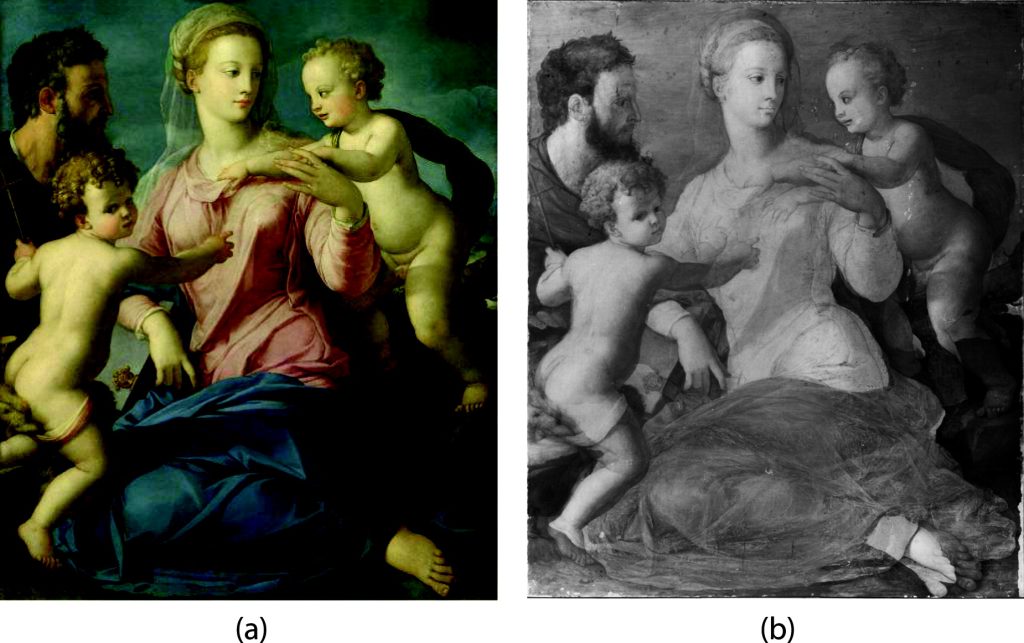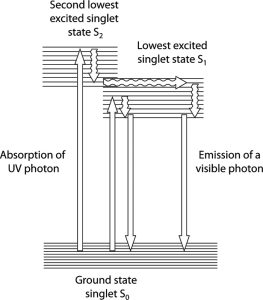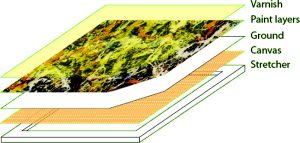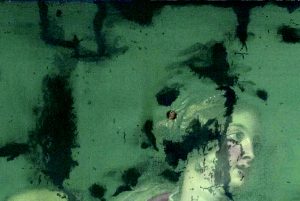Revolutionizing Art Analysis and Preservation with Infrared Imaging: The Benefits and Importance of the LabSpec 4 Portable VIS-NIR Spectroscopy System
Infrared imaging is a cutting-edge technology that has become increasingly popular in the field of art analysis and preservation. The innovative technique provides a non-invasive means of examining artworks, offering a wealth of information on their internal structure, composition, and production process. In this article, we will discuss the various applications of infrared imaging in the world and how it has revolutionised the way art professionals analyse and preserve works of art.

An example of graphite sketch found by infrared radiography. SWIR band. Painting: Agnolo Bronzino, Holy Family with John the Baptist, c.1540.
Infrared imaging has several advantages over other analysis methods, including its non-destructive nature. This allows art conservators, restorers, and authentication experts to examine artworks without causing any damage, which is crucial for preserving their value and significance. Infrared imaging can reveal details such as the underdrawings, pentiments, and other hidden aspects of a painting, as well as the composition of pigments, mediums, and varnishes used by the artist.
Another important application of infrared imaging is in the detection of forgeries and the confirmation of the authenticity of artworks. This is particularly relevant in the art world, where the verification of an artwork’s authenticity can have a significant impact on its value and significance. By using infrared imaging, art professionals can gain valuable insights into the production process and chronological evolution of an artwork, which can aid in their authentication efforts.
In recent years, advances in technology have greatly improved the capabilities of infrared imaging. These developments have led to the creation of more sophisticated infrared imaging systems, which offer higher resolution, faster image acquisition times, and improved image analysis algorithms. These advancements have allowed art professionals to gain a deeper understanding of artworks and have paved the way for further developments in the field of art analysis.
In conclusion, infrared imaging plays a vital role in the field of art analysis and preservation. Its non-invasive nature and ability to reveal hidden details and information about the production process of artworks make it an indispensable tool for art professionals. By utilising this cutting-edge technology, we can gain a deeper understanding of the artworks we admire and ensure that they are preserved for future generations.

In addition to its numerous benefits, choosing the right instrument for infrared imaging is also crucial for obtaining high-quality results. One such instrument that is highly recommended, and widely used, for this application is the LabSpec 4 portable VIS-NIR spectroscopy system. The LabSpec 4 offers a range of advanced features, including a high-performance spectrometer, a high-resolution imaging sensor, and a user-friendly software interface. These features, combined with its portability, make the LabSpec 4 an ideal tool for art professionals who require fast and accurate results in the field. Whether you are a conservator, restorer, or authentication expert, the LabSpec 4 can be the right instrument for you, providing the accuracy and reliability that you need for your analysis needs.
Example of UV fluorescence. A number of dark retouches are visible. Fragment of painting: P.P. Rubens (after), Roman Charity.
Image Credits and Resource: Canadian Journal of Physics, A Review of Imaging methods in analysis of woks of art: Thermographic imaging method in art analysis.




